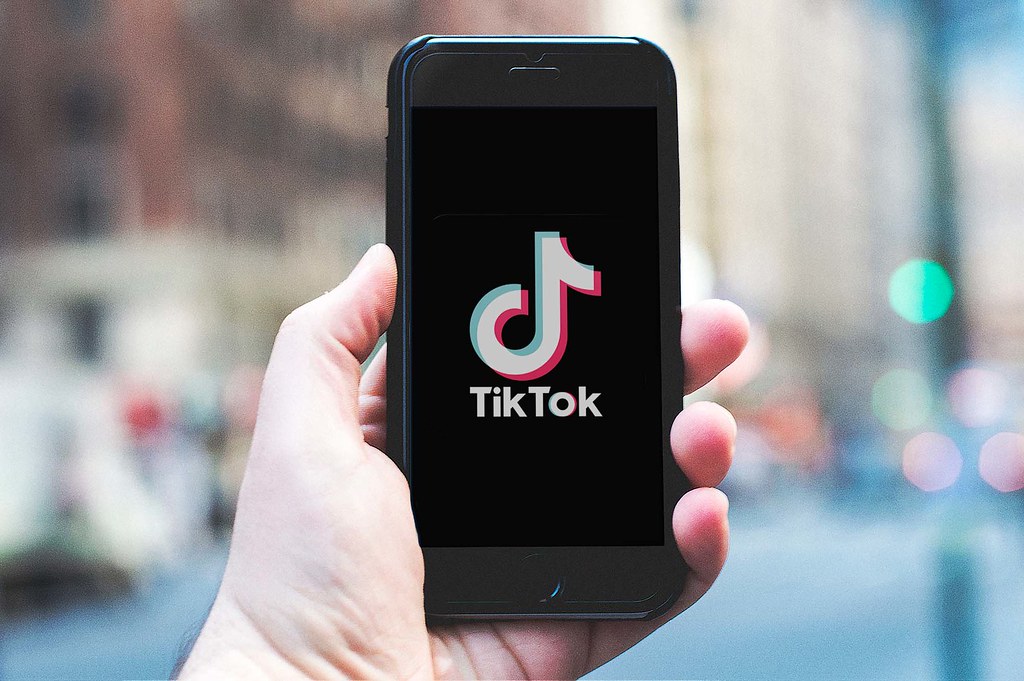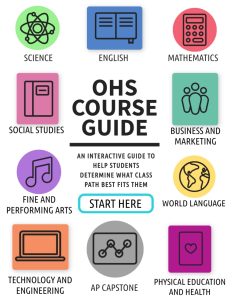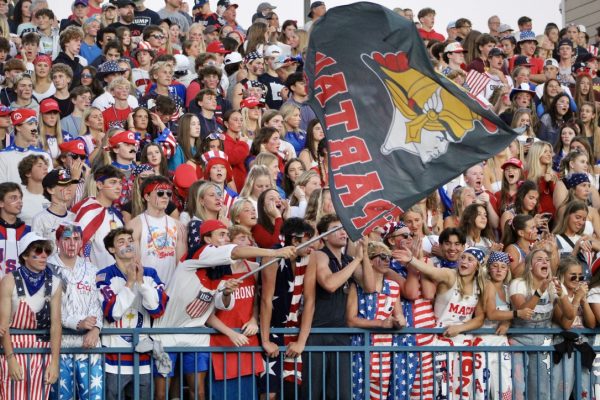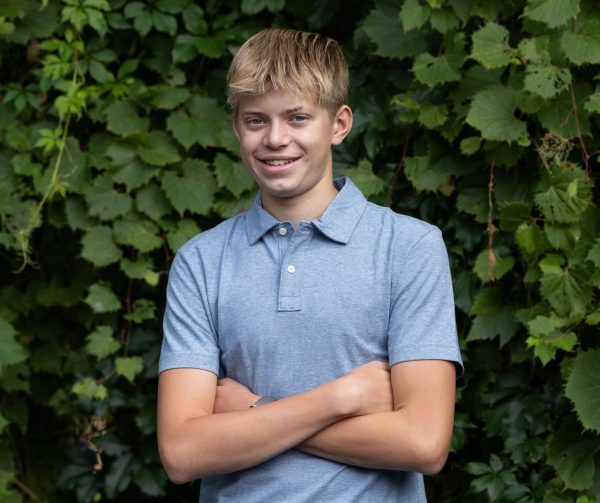Instagram activity soars in lieu of Facebook’s decline
Dittrich examines the popular social media sites of OHS and OMS
April 24, 2014
The increasing activity of pre-teens and teens on social media sites like Instagram, Twitter and Snapchat have stereotyped social media original Facebook into an old, mid-2000s fad.
Although Facebook was developed more than 10 years ago in Feb. 2004, the networking giant has faded into the background amongst younger users since the emergence of sites that cater to a more youthful, tech-savy age group: 10 to 17 year-olds.
Because children are obtaining smartphones at a much younger age than before, the number of active users on social media sites is rising. The exception to that rise is Facebook.
According to Piper Jaffray’s 2013 report which surveyed 8,650 teens across the United States on the “Most Important Social Media Sites For Teens,” Facebook dropped from the most important networking site in Fall 2012 to a second place tie with Instagram in the Fall of 2013.
In the report, social media sites were ranked and compared according to the percentage that each site received following the teenage votes for the “Most Important Social Media Sites For Teens.”
With 42 percent of the vote in the Fall of 2012, Facebook fell to 33 percent vote in the Spring of 2013. Twitter surpassed the social media site with 26 percent in the Fall of 2013.
Rounding out 2013, Facebook shared a 23 percent second place tie with Instagram, and 3 percent behind Twitter.
While Twitter topped the list of the “Most Important Social Media Sites for Teens” in 2013, Instagram’s presence on the list and consumption by teenagers around the globe continues to steadily rise.
Because Instagram enables a member to share his or her “life with friends through a series of pictures,” rather than through lengthy photo albums, the site has quickly gained popularity, according to Instagram’s official website.
In addition, the site’s fast uploading process is both efficient and creative. Once an image is selected, members can select from a variety of filters that “transform…photos into professional-looking snapshots,” according to the website.
Contrary to Instagram, Facebook does not offer the abilities to filter an image or instantly post one.
Whether it be the capabilities or the efficiency of Instagram, the site is dominating the social media scene in the Orono Middle School.
“Instagram is the big social media site in our grade,” OMS seventh grader Abbie McGrann said.
Launched in Oct. 2010, Instagram is almost 7 years younger than Facebook, an insurmountable age difference with the current technology. A site “for mostly older people,” Facebook does not cater as much to a younger crowd, OMS eighth grader Mollie McGrann said.
Similarly, the newness of Instagram has contributed to the rise in popularity of the site among young teenagers because current teenagers were too young to participate when Facebook was launched.
The increasing teen user activity on Instagram and on other video and photo-sharing sites “could be particularly harmful to Facebook because its core value lies in peer-to-peer community, messaging and photo sharing” said CEO of Global Web Index Tom Smith to Forbes.
Instagram has definitely benefitted from the power of peer influence on teenagers, particularly middle schoolers.
At OMS, as well as in other middle schools across the country, teenagers tend to be active on social media sites that their friends are active on.
OMS seventh grader Katie Udell does not have a Facebook because “most of my friends haven’t gotten one,” Udell said. “Because Instagram was so popular, I haven’t felt the need to get [a Facebook].”
Similarly, M. McGrann has not created a Facebook account because she is active on Instagram, Twitter and Snapchat and has “never really had the time” for Facebook, M. McGrann said.
Some people do not have a Facebook because of the risk of cyberbullying that can occur on a person’s wall, photos and messages.
“It’s easier to be bullied on Facebook than on other social media sites,” A. McGrann said.
“There was a lot of bullying on Facebook,” so senior Renny Schoenle deleted her account.
Schoenle is currently active on Instagram, Twitter and Snapchat, but will likely create a Facebook account in college to communicate with family, high school friends and college friends.
Middle schoolers Udell, and A. McGrann are also considering creating a Facebook account once they get into high school.
“[High school] is when everyone seems to start getting more involved on social media,” Udell said.




























































